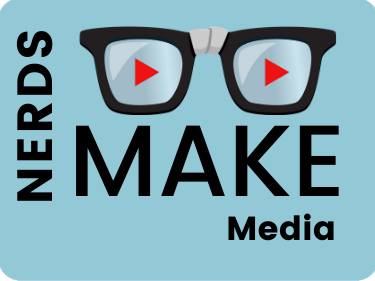Key takeaways from Dr. Carla Lane’s presentation:
1. It can be invaluable to either work with a program evaluator, or become your own program evaluator. Keep evaluating every few months.
2. Sequence of change agent roles
1. develop a need for change
2. establish an information exchange relationship
3. diagnose problems
4. create an intent to change in the client (s)
5. translate an intent into action
6. stabilize adoption and prevent discontinuance
7. achieve a terminal relationship
3. There is really so much an instructional designer needs to do nowadays. Field is finally coming into its own, becoming a real profession.
4. Both Training magazine and elearning magazine frequently offer all kinds of virtual seminars to aid professional development.
5. Highly recommends reading Diffusion of Innovation by Everett Rogers, particularly Chapter 9 on becoming a change agent.
6. The recent tax cut has caused many education and training budgets to be reduced drastically. These budgets are always the first thing to be cut.
7. Trying to convince the mass of a new idea is useless. Convince innovators and early adopters first. Usually about 25% of learners are innovators 25%, and 13.5% early adopters.
8. People don’t resist change. They resist people trying to change them.
9. “The problem with being a professor these days is that you can’t make a living working at one university, you have to work for two or even three”. Dr. Lane works at Cappella University and teaches elsewhere.
10. In earlier times classes started slowly to ease the students into the routine. Now they are moving towards hitting the ground running, especially in establishing and communicating expectations early on.
11. Blackboard and moodle have some mobile options.
12. At Cappella they don’t test anymore, but focus more on projects, assignments, and providing foundational reading.
13. “There are a lot of students who don’t like working together. You probably have a lot of employees who don’t like to work together”.
14. It is hard to get supervisor to invest in training, especially these days. A lot of people she asked to attend could not get supervisors to agree. They saw no value in a conference, or at least not worth even losing a day of work, much less the other expenses. She said they called it a “symposium” instead of a “conference” for this reason.
